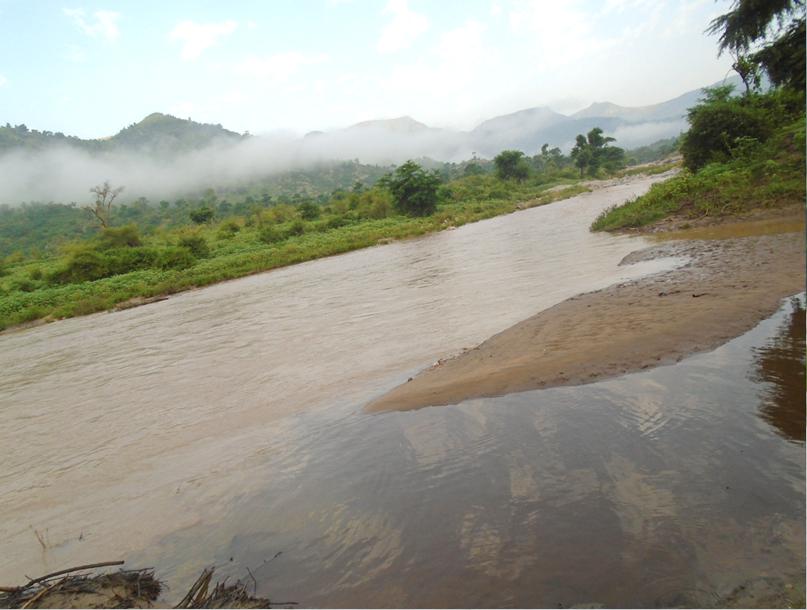Mehari Girmay
Other projects
5 Sep 2018
Vegetation Ecology and Ethnobotanical Study of Hirmi Forest, North West Zone of Tigray Region, Ethiopia
31 Oct 2019
Restoration Potential of Hirmi Forest: Threats and Possible Mitigation Mechanisms as Inference for its Conservation, in Northern Ethiopia
22 Mar 2021
Rehabilitation of Rare and Threatened Species through Capacitating and Involvement of the Local Community in and Around Hirmi Forest
Although anthropogenic impacts like deforestation and ecosystem degradation are widespread throughout Ethiopia's terrestrial ecosystem, the problem is more severe in the dryland ecosystem, which has been linked to potential importance for the environment, the economy, and ecology. Another challenge in the landmass is water scarcity. In the ecosystem, the riparian vegetation remains perennially evergreen and regenerates successfully. These riparian lands and their vegetation provide important habitats for terrestrial plants and animals.

Riverine habitat of Hirmi forest ecosystem. © Mehari Girmay.
Around 65% of Ethiopia's surface area is covered by dryland ecosystems, which are home to 20% of the country’s animal population and 12% of human population. It is also the centre of biodiversity, endemism, and grazing. This landmass is commonly used to describe the northern region of the country. Numerous land restoration and conservation programme have been launched in northern Ethiopia in general and the Tigray region in particular in response to the long history of land degradation. Nevertheless, it is ineffective due to a lack of sufficient ecological knowledge and community involvement. In a given environment, the majority of the species of flora and wildlife are dispersed fairly. Certain species are, nevertheless, limited to specific pocket areas, riverbanks, and other microhabitats. Riparian land often contains a high diversity of living organisms and plays a crucial role as a corridor for the movement of plants and animals.
In Hirm there are two perennial rivers namely Hirmi and Keyhmeret, which drain and join Tekeze River after traversing through the forest ecosystem. The forest ecosystem corridors are endowed by distinctive plant species (Riparian vegetation) which are distributed more or less uniformly following the river basins. These species are dominantly by large woody species including Ficus sycomorus, F.vasta, Diospyros mespiliformis, Syzygium guineense, Tamarindus indica, Mimusops kummel etc. which are also reported in other riverine habit of Ethiopia. Though different disturbances have been revealed in the riparian vegetation areas, wildlife species including Leopard, Bush Pig, Wild Cat, Jackals, Warthog, baboons, and various kinds of birds were dominantly revealed in relative with other land use types. Therefore, in order to preserve this biodiversity hotspot area and sustainably restore the habitat of flora and animals, rehabilitation with the involvement of local communities as well as honeybee farming and cash plant cultivation will be carried out.
Header: Hiemi River at Hirmi forest. © Mehari Girmay.